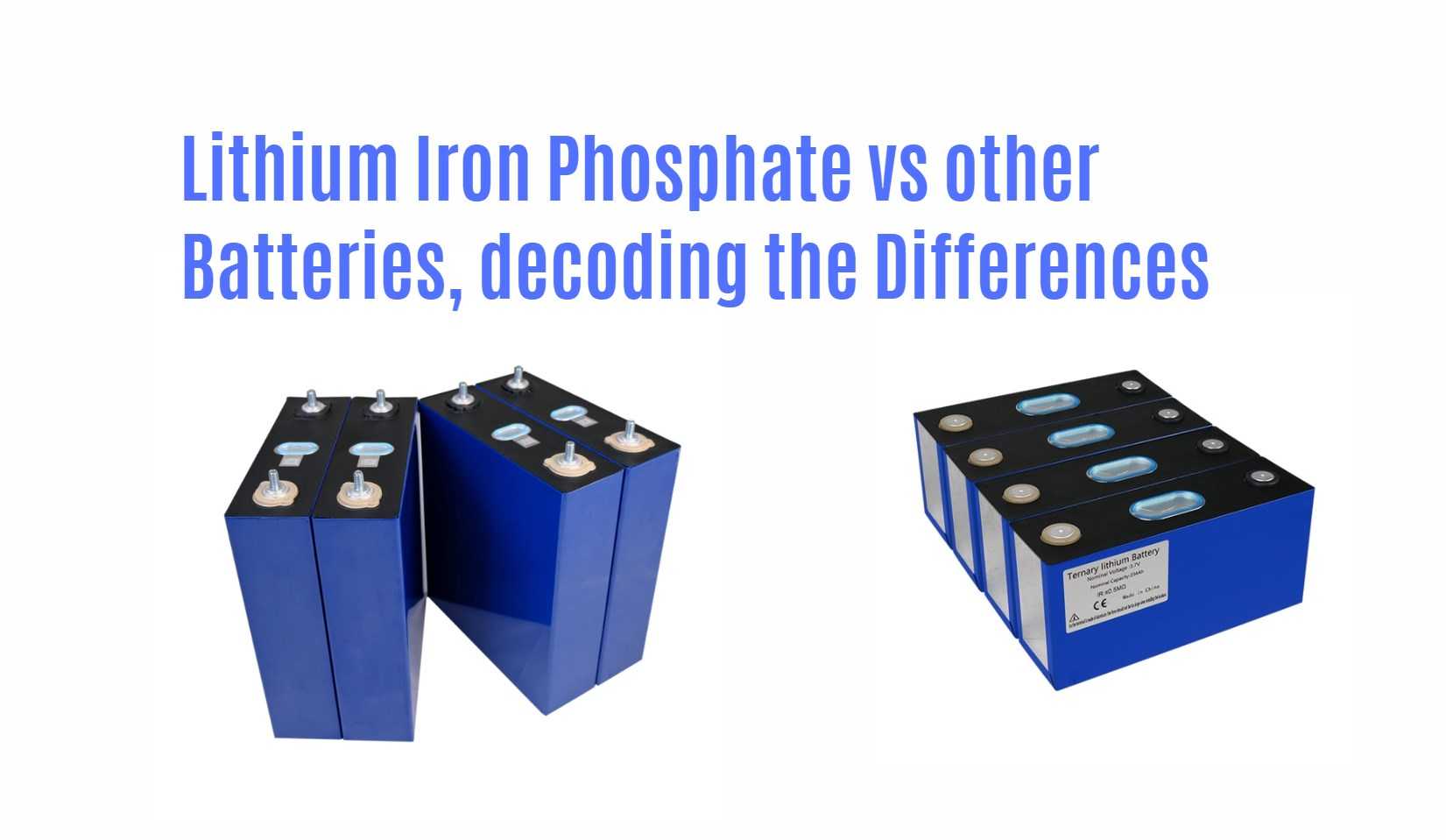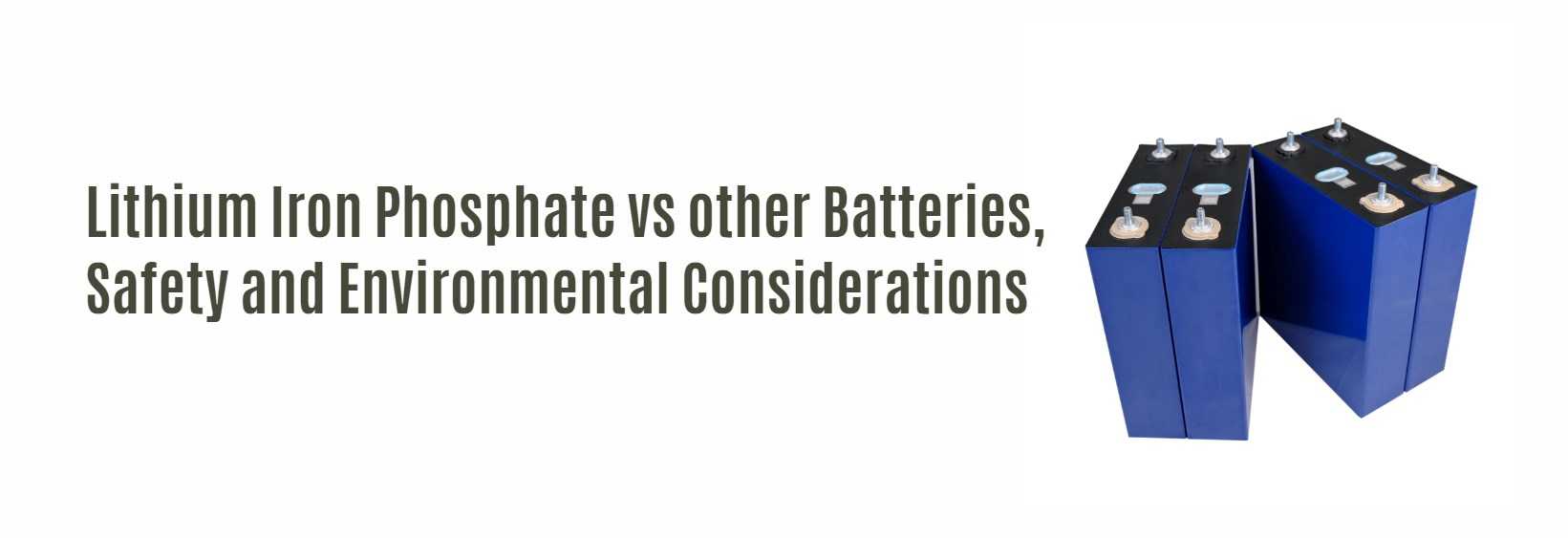In the dynamic landscape of battery technology, selecting the appropriate battery type is crucial for optimizing the performance and lifespan of electronic devices. This article provides an in-depth analysis of the differences between Lithium Iron Phosphate (LiFePO4) batteries and other prevalent battery types, serving as a comprehensive guide to assist in making informed decisions.
Chemistry Insights
LiFePO4 batteries stand apart from other Lithium-Ion batteries due to their distinct chemical composition and resulting performance traits. While various Lithium-Ion batteries use cathode materials like lithium manganese oxide or lithium cobalt oxide, LiFePO4 batteries distinctively employ iron phosphate as the cathode material. This unique chemistry affects voltage stability and energy density.
Energy Density and Performance
A critical factor in battery comparison is energy density, which dictates the amount of energy a battery can store relative to its weight. Lithium-Ion batteries generally provide a higher energy density, typically from 150 to 200 watt-hours per kilogram, suitable for devices with substantial power demands. Conversely, LiFePO4 batteries have a lower energy density of 90 to 120 watt-hours per kilogram. Despite this, they offer benefits in safety, durability, and thermal stability, making them ideal for applications valuing reliability over maximum energy storage.
Wholesale lithium golf cart batteries with 10-year life? Check here.
Cycle Life and Durability
Cycle life, the number of charge-discharge cycles a battery can undergo before its capacity falls significantly, is another key differentiator. Lithium-Ion batteries usually offer between 500 to 1000 cycles. In contrast, LiFePO4 batteries excel with a cycle life ranging from 2000 to 5000 cycles. This extended cycle life is a considerable advantage for applications where battery longevity and minimal maintenance are critical.
Safety and Environmental Considerations
Safety is a critical consideration in battery selection, especially in environments where stability and reliability are essential. LiFePO4 batteries are recognized for their superior safety profile due to their stable chemical structure and lower risk of thermal runaway compared to other Lithium-Ion batteries. This characteristic makes them suitable for applications where safety is paramount, such as electric vehicles and stationary energy storage systems.
Want OEM lithium forklift batteries at wholesale prices? Check here.
Cost Considerations
Although LiFePO4 batteries often have a higher initial cost compared to Lithium-Ion batteries, their longer lifespan and reduced maintenance needs can result in a lower total cost of ownership over time. This cost-effectiveness makes LiFePO4 batteries a favorable choice in industries where reliability and long-term performance are more critical than initial investment costs.
Applications and Suitability
The choice between Lithium Iron Phosphate and other battery types depends on understanding the specific needs of the application. LiFePO4 batteries are well-suited for devices that require stable and reliable power sources, such as medical equipment, solar energy storage, and marine applications. Their capacity to operate effectively over a wide temperature range further broadens their applicability.
Conclusion
The choice between Lithium Iron Phosphate and other battery technologies involves balancing factors like energy density, cycle life, safety, and total cost of ownership. LiFePO4 batteries offer unique advantages in durability, safety, and long-term reliability, positioning them as an excellent option for applications that demand stable performance and extended operational lifespans.








